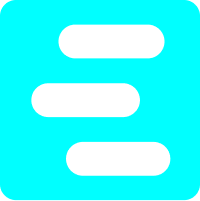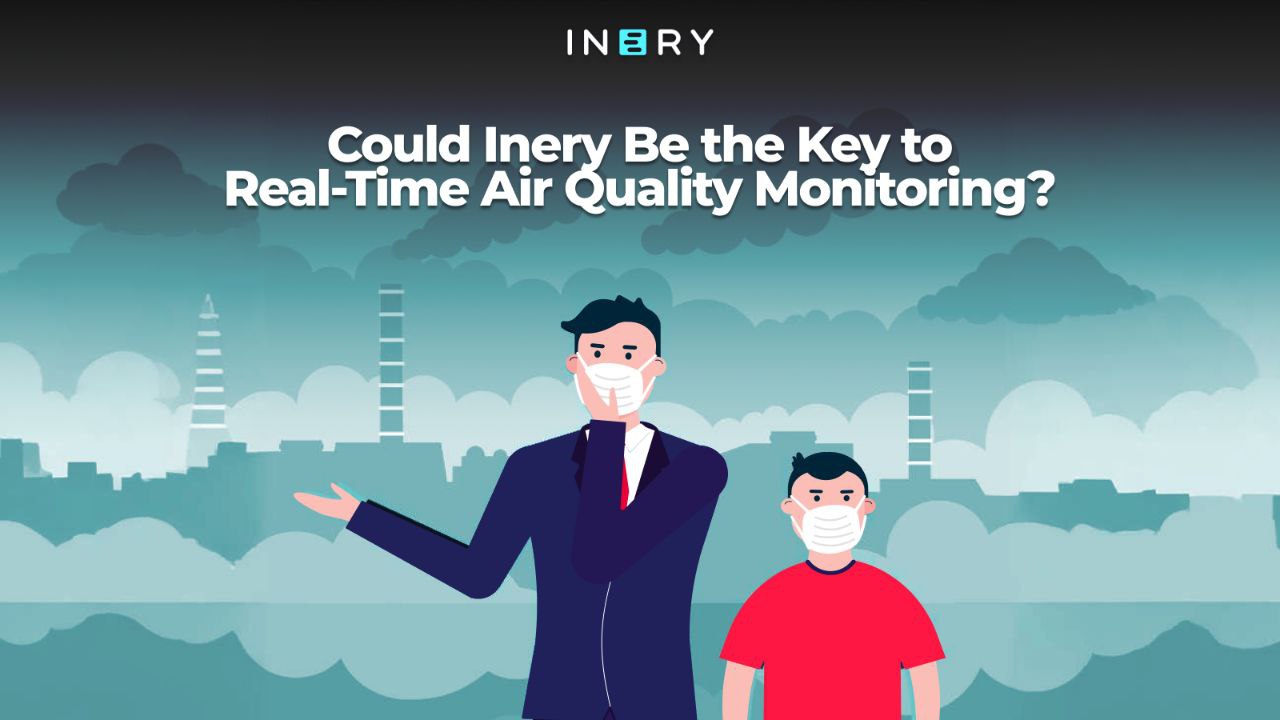Data is everywhere. Every click, every purchase, and every online interaction generates data. Companies use it to improve products, governments rely on it to shape policies, and apps store it to personalize your experience. But how does all this information get organized, shared, and stored efficiently? This is where data formats come into play. They determine how data is structured and made readable for systems and humans alike. While we encounter formats like spreadsheets and APIs every day, what do these formats actually mean, and why do they matter?
This blog will walk you through some of the most widely used data formats – CSV, JSON, XML, and others – offering insight into their origins, strengths, and best use cases. Whether you’re an IT professional, a data enthusiast, or someone new to the field, understanding these formats will help you navigate the ever-expanding world of data exchange.
A Brief History of Data Formats
Data has been recorded in structured formats for centuries—starting with physical ledgers, evolving into punch cards for early computers, and eventually digital files as we know them today. In the early stages of computing, structured data was limited to formats that mirrored database rows, and as software expanded, more sophisticated ways to handle information developed.
CSV emerged early as a practical way to store and exchange tabular data between databases and spreadsheets. It quickly became a universal standard for data imports and exports. Later, with the rise of interconnected applications and websites, XML entered the scene. Its hierarchical structure made it perfect for organizing complex datasets, but its verbose nature soon led developers to look for something more lightweight. That’s when JSON rose to prominence, becoming the de facto standard for web APIs and data interchange between systems.
The Key Data Formats: CSV, JSON, and XML
CSV: A Classic for Simplicity
CSV, or Comma-Separated Values, stores tabular data with each line representing a row, and values separated by commas. This format is especially popular for importing and exporting data from spreadsheets and relational databases. CSV files are lightweight and easy to open in tools like Excel, making them accessible to technical and non-technical users alike.
While efficient for straightforward datasets, CSV’s flat structure becomes a limitation when dealing with nested or complex information. It also lacks built-in validation, which can result in inconsistencies if not managed carefully.
JSON: The Web’s Favorite Format
JSON (JavaScript Object Notation) was developed to provide a lightweight, readable way to store structured data. Unlike CSV, JSON supports nested structures, arrays, and multiple data types. Its key-value format makes it ideal for APIs, enabling seamless communication between servers and applications. JSON’s flexibility has made it a favorite among developers working with RESTful APIs and JavaScript-based projects.
However, JSON’s versatility can lead to larger file sizes, which may impact performance in large-scale systems. JSON files are also more prone to inconsistencies if the data isn’t properly validated, as there is no enforced schema.
XML: The Power of Structure and Flexibility
XML (Extensible Markup Language) came before JSON and aimed to structure data in a machine- and human-readable way. It uses custom tags to organize information hierarchically, making it well-suited for complex datasets. XML is still used in many industries where data integrity and strict validation are required, such as healthcare and finance. Unlike JSON, XML supports schemas (XSD) to validate data, ensuring consistency across applications
However, XML’s verbosity can make it cumbersome, both in terms of file size and readability. This format has lost some popularity with the rise of JSON but remains relevant for specialized use cases.
Beyond the Basics: Parquet, Avro, and TSV
Beyond CSV, JSON, and XML, other formats like Parquet and Avro offer solutions for big data and analytics. Parquet is optimized for columnar storage, making it ideal for querying large datasets quickly, while Avro offers compact binary serialization for streaming data. Meanwhile, TSV (Tab-Separated Values) offers an alternative to CSV, using tabs instead of commas to separate values, reducing ambiguity when commas appear within data fields.
Each of these formats serves a distinct purpose, from simple tabular exports to complex, large-scale data pipelines, underscoring the importance of choosing the right format for the job.
How Inery Handles Data Formats
At Inery, we understand that working with diverse data formats is essential for businesses to stay agile and efficient. IneryDB supports multiple formats, including CSV for importing and exporting datasets, JSON for application integration, and XML for structured data management. Our platform ensures seamless data handling across different systems, helping businesses manage complex operations without worrying about format compatibility.
Conclusion
Data formats are the backbone of modern information exchange. Whether it’s CSV for quick spreadsheets, JSON for API calls, or XML for structured documents, understanding these formats allows you to store, transfer, and process data efficiently. While each format has its strengths and limitations, choosing the right one depends on the task at hand. As data continues to grow in complexity, the ability to navigate different formats becomes even more critical.
At Inery, we’re committed to providing businesses with the tools they need to manage and integrate data effortlessly, no matter the format. With support for multiple formats and seamless interoperability, IneryDB helps businesses stay ahead in a data-driven world.

Inery•
2 years ago
Building a Decentralized Future: The Power Of Community In Web3
Community involvement is key to Web3 project success. It fosters adoption, creativity, and more. Discover the impact of community on Web3 initiatives. ...READ MORE
-1674049935.png)
Share

Inery•
2 years ago
Overview of the CAP Theorem and the Blockchain
Something is missing in the interplay between the CAP theorem and the blockchain. Where does CAP fall apart? Click here to find out. ...READ MORE

Share

Inery•
10 months ago
Could Inery Be the Key to Real-Time Air Quality Monitoring?
Can real-time air quality monitoring be improved? See how Inery’s system could make air data more accurate and accessible. ...READ MORE

Share

Inery•
1 year ago
Inery's Role in Fighting Fake News with Verified Information
Uncover Inery's role in combating fake news by using blockchain for verified, tamper-proof information, ensuring reliable news and restoring public trust in media sources. ...READ MORE

Share
Most popular today


-1689860359.png)
